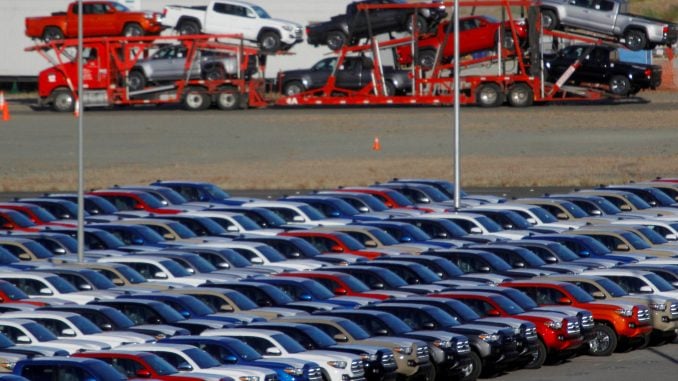
WASHINGTON, D.C. — Talks to update the NAFTA trade deal are in a make-or-break week as senior Canadian, U.S. and Mexican officials seek to resolve an impasse in key areas before elections in Mexico and the United States complicate the process.
Discussions in Washington will center on rules of origin governing what percentage of a car needs to be built in the North American Free Trade Agreement region to avoid tariffs, the pact’s dispute-resolution mechanism and U.S. demands for a sunset clause that could automatically kill the deal after five years.
U.S. Trade Representative Robert Lighthizer warned last week that if the talks took too long, approval by the Republican-controlled Congress may be on “thin ice.” The aim is to complete a vote during the “lame-duck” period before a new Congress is seated after November’s congressional elections.
Sources close to the talks suggest there is a creeping feeling of uncertainty and pessimism going into the new round because of gridlock on the most critical issues.
Mexican Economy Minister Ildefonso Guajardo, who is set to meet Lighthizer and Canadian Foreign Minister Chrystia Freeland, said unless a deal in principle were agreed by mid-May there was almost no chance the current U.S. Congress could vote on it.
“The problem is that the remaining 20 percent is highly complex and strategic to do. It could even be more difficult than the 80 percent that has already been done,” he told El Heraldo newspaper in an interview published on Monday.
Mexico holds its presidential election on July 1 and the front-runner, leftist Andres Manuel Lopez Obrador, says he wants a hand in redrafting NAFTA if he wins.
At the heart of the NAFTA revamp is President Donald Trump’s desire to retool rules for the automotive sector in order to try to bring jobs and investment back north from lower-cost Mexico. Despite months of talks on the issue, the sides remain far apart.
Guajardo said if a deal could not be reached, “we would be operating what some analysts have called ‘Zombie NAFTA’ … (one) that isn’t dead and isn’t modernized.”
Mexico’s main auto sector lobby has described the latest U.S. demands, which include raising the North American content to 75 percent from the current 62.5 percent over a period of four years for light vehicles, as “not acceptable.”
Flavio Volpe, president of Canada’s Automotive Parts Manufacturers’ Association, predicted “a potentially stressful set of meetings when we pick this back up.”
The U.S. proposal also would require that 40 percent of the value of light-duty passenger vehicles and 45 percent for pickup trucks be built in areas with wages of $16 per hour or higher.
That is seen as a hard pill to swallow for Mexico, where the Michigan-based Center for Automotive Research has estimated auto assembly workers on average earn under $6 an hour, and workers at auto parts plants on average earn less than $3 an hour.
Talks to renegotiate NAFTA started last August to fulfill a campaign pledge by Trump to bring manufacturing jobs back to the United States.
Nine months later, the most troublesome issues remain open. The United States has proposed a sunset clause for the new deal, which would mean the agreement would need to be renewed every five years, a move that critics say would create uncertainty for businesses.
Trump has frequently said he would pull out of NAFTA if a better deal was not possible, although he has sounded more positive about the deal in recent weeks.



